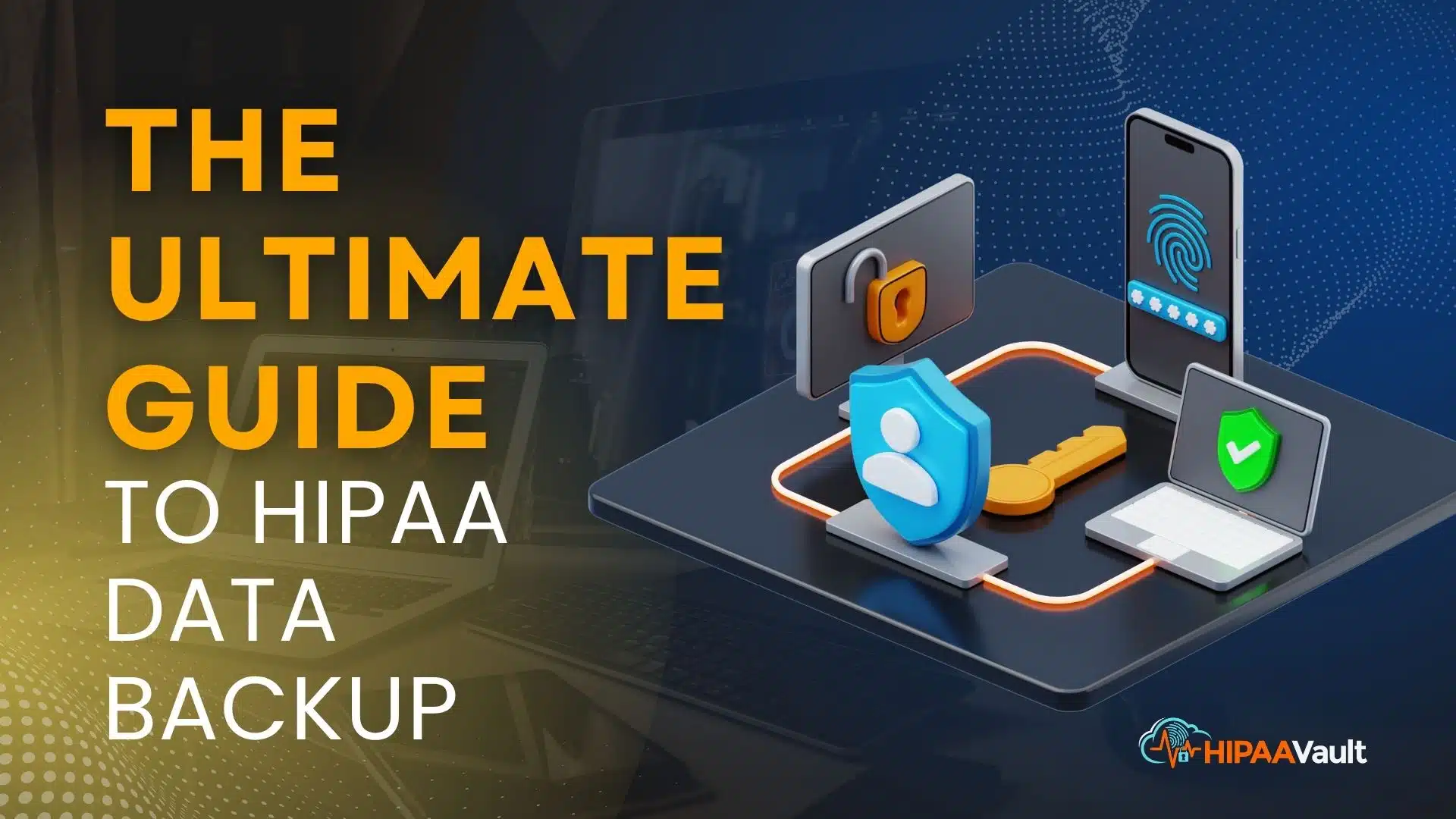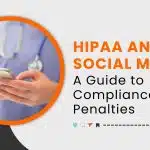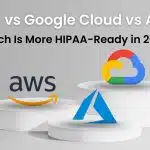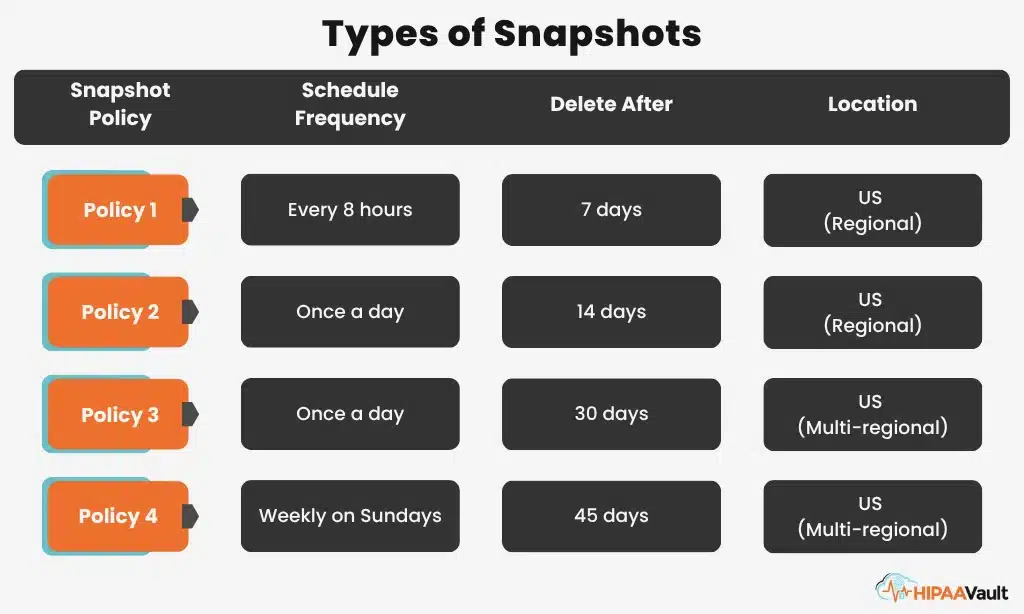Beyond Backup, Toward Data Resilience
Imagine this scenario: a staff member opens a phishing email, and within minutes, a ransomware attack encrypts every patient file on your server. Your electronic health record (EHR) system is down. You can’t access histories, schedule appointments, or process billing. Your practice is paralyzed. This nightmare is an all-too-common reality. For healthcare organizations, the loss of electronic Protected Health Information (ePHI) not only disrupts patient care; it can lead to massive HIPAA non-compliance fines. Protecting this is a non-negotiable part of healthcare.
Many believe that just “having a backup” is enough. But the hipaa data backup requirements are far deeper and more specific. It’s not just about having a copy; it’s about having a proven plan to restore that copy and continue operations. In this article, we’ll break down what the HIPAA Security Rule really demands, the crucial difference between backup and disaster recovery, and how to select hipaa compliant data backup services that truly protect your practice.
Is your current backup plan just a guess? Contact us today for a free, no-obligation assessment of your HIPAA backup strategy.
What Does HIPAA Actually Require? Unpacking the Contingency Plan
A common mistake is searching for a HIPAA rule that says, “You must back up your data every 24 hours.” You won’t find it. HIPAA is technology-neutral, meaning it dictates the “what” (the outcome), not the “how” (the specific technology).
The actual requirement is found in the HIPAA Security Rule under the Contingency Plan standard (45 CFR § 164.308(a)(7)). This is a core part of the security rule and mandates that Covered Entities and their Business Associates have a solid plan for handling emergencies or disasters that damage systems containing ePHI. ThisPlan is made of five key components.
The 5 Components of the HIPAA Contingency Plan
- Data Backup Plan (§ 164.308(a)(7)(ii)(A)): The “how” of creating and maintaining retrievable, exact copies of ePHI.
- Disaster Recovery Plan (§ 164.308(a)(7)(ii)(B)): The “action plan” to restore access to data after a disaster.
- Emergency Mode Operation Plan (§ 164.308(a)(7)(ii)(C)): How to keep functioning and protecting ePHI during an emergency.
- Testing and Revision Procedures: The requirement to regularly test your backup and recovery plan.
- Application and Data Criticality Analysis: This is based on your organization’s, which helps you prioritize what to save first.
Backup vs. Disaster Recovery: Why You Need Both
It’s vital to understand the difference:
- HIPAA Data Backup: This is the copy of your data (the noun).
- Disaster Recovery: This is the documented, tested plan to use that copy and get back to business (the verb).
You can have a perfect backup, but if it’s stored on a hard drive in the same office that floods, you don’t have a disaster recovery plan.
Having a backup is just a single file. A true Disaster Recovery Plan is the complete step-by-step playbook that gets you through the chaos. Contact a HIPAA Vault specialist to build your plan.
7 Must-Have Features for a HIPAA Compliant Data Backup System
To meet the Contingency Plan requirements, your hipaa data backup solution must have specific technical features. This answers the question: “What features should a data backup system have to fulfill HIPAA requirements?”
- End-to-End Encryption (At Rest and In Transit) ePHI must be unreadable. This means data must be encrypted while in transit (using TLS) and while at rest (using strong, NIST-approved encryption like AES-256).
- Offsite and Geographically Redundant Storage The golden rule of backups is the “3-2-1 Rule”: 3 copies of your data, on 2 different media types, with at least 1 copy offsite. Cloud services inherently fulfill the “offsite” requirement.
- Strict Access Controls and Authentication The system must enforce role-based access controls and require (Here, link to your post on ‘What is Multi-Factor Authentication (MFA)?’) for anyone who administers the backup data.
- Audit Logs and Reporting The HIPAA Security Rule requires you to track who accesses ePHI. Your backup service must provide detailed, immutable audit logs showing who accessed the backup data, when they did it, and what actions they performed.
- Clear Data Retention Policies HIPAA requires that documentation be kept for 6 years. State laws often require patient records be kept for 7-10 years. Your backup system must be configurable to meet all Data Retention Policies that apply to your practice.
- Immutability and Versioning These are your best defenses against (Here, link to your post on ‘How to Protect Your Practice from Ransomware’).
- Immutability: Means a backup cannot be changed or deleted.
- Versioning: Allows you to “roll back time” and restore from a point before an attack.
- Simple Restore Testing Capability Since HIPAA requires testing your plan, your service must make it easy. You should be able to perform a test restore without disrupting your live operations.
Does your current solution check all these boxes? If you’re not sure about immutability or audit logs, you could be exposed. Schedule a 15-minute tech call to review your system’s features.
How to Choose the Best HIPAA Compliant Data Backup Services
Now that you know what features to look for, how do you pick the right provider? This answers the questions: “How can I choose the best cloud data backup service…?” and “What should I look for…?”
The Non-Negotiable: The Business Associate Agreement (BAA)
This is the most important rule: If a service provider (including a cloud backup provider) creates, receives, maintains, or transmits ePHI on your behalf, they MUST sign a Business Associate Agreement (BAA).
A BAA is a legal contract that binds the provider to protect your ePHI according to HIPAA standards. We’ve covered this topic extensively in our Guide to Business Associate Agreements. If a provider refuses to sign a BAA, as detailed by the Department of Health and Human Services (HHS.gov), they are not an option for healthcare.
Checklist for Vetting a Cloud Backup Provider
Use this checklist when talking to potential hipaa compliant data backup services:
- Will they sign a BAA? (If no, end the call.)
- Do they meet all 7 features from the section above?
- Where are their data centers located? (Look for certifications)
- Do they offer “zero-knowledge” encryption? (Meaning only you hold the key.)
- What is their Service Level Agreement (SLA)? (This defines their guaranteed restoration time)
- What is their technical support like? (You need 24/7/365 support for a disaster.)
- How do they facilitate disaster recovery testing?
Customize Your HIPAA Bundle—Pick 3 and Save 15%
Don't pay for tools you don't use. Combine Hosting, Email, Fax, or Text into one affordable, managed plan.
Learn MoreYour Data Backup is the Foundation of Your Contingency Plan
Complying with hipaa data backup requirements is about much more than just buying cloud storage. It’s about implementing a comprehensive Contingency Plan that ensures you can protect, back up, and, most importantly, restore vital patient information.
Review your backup plan, audit your restoration procedures, and ensure you have a signed BAA with all your vendor.your backup plan, audit your restoration procedures, and ensure you have a signed BAA with all your vendors .Review your backup plan and audit your restoration procedures. Additionally, ensure you have a signed Business Associate Agreement (BAA) with all your vendors.
Ready to build a truly resilient practice? Contact our HIPAA Vault compliance specialists today to move from simple backup to a complete, tested, and compliant disaster recovery solution.
HIPAA Penetration Testing—Go Beyond Automated Scans
Validate your security with an objective, third-party audit. We simulate real cyberattacks to uncover vulnerabilities and provide a comprehensive compliance report.
Learn MoreFrequently Asked Questions (FAQ)
Don’t confuse a backup with a plan. A backup saves your files; a Disaster Recovery Plan saves your entire operation. Ready to build your playbook for chaos? Contact us.








